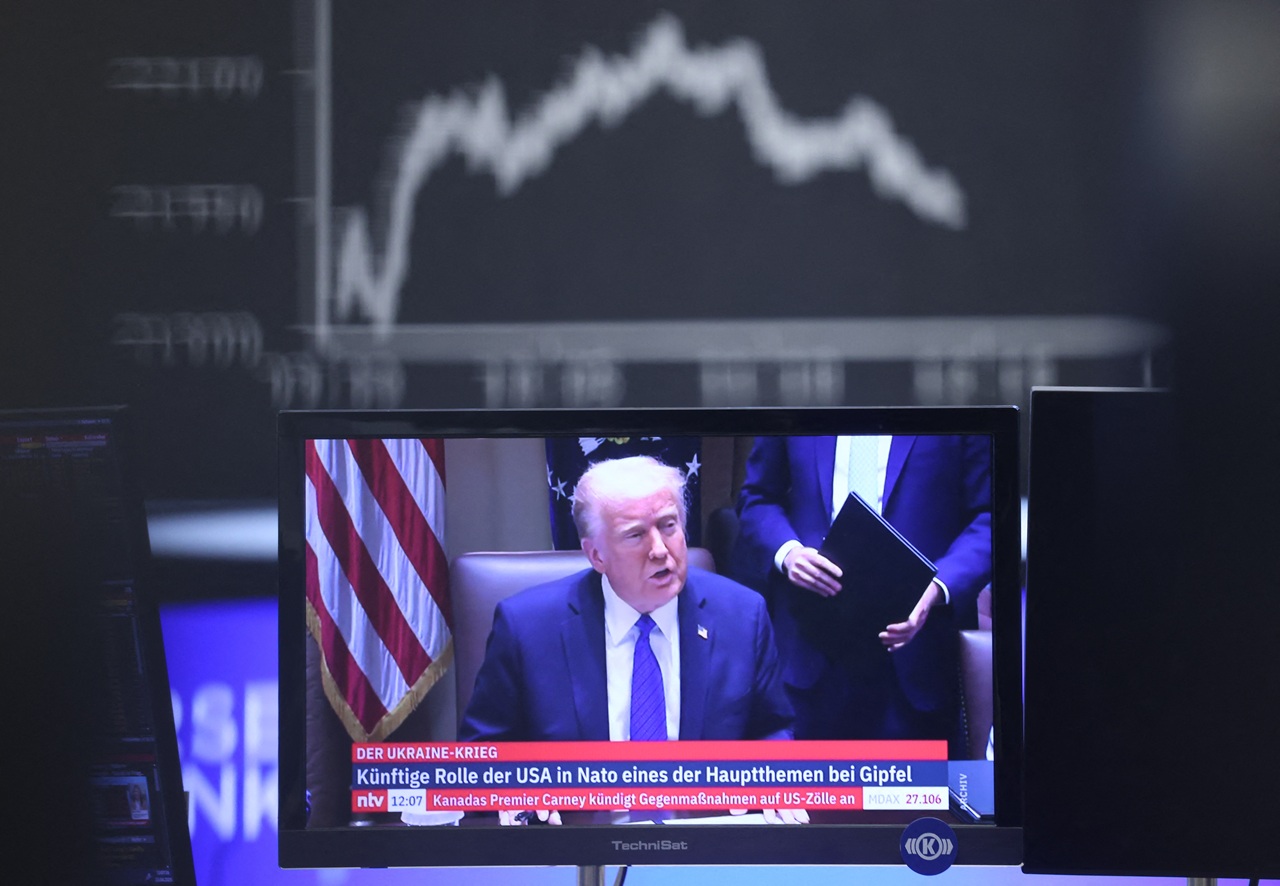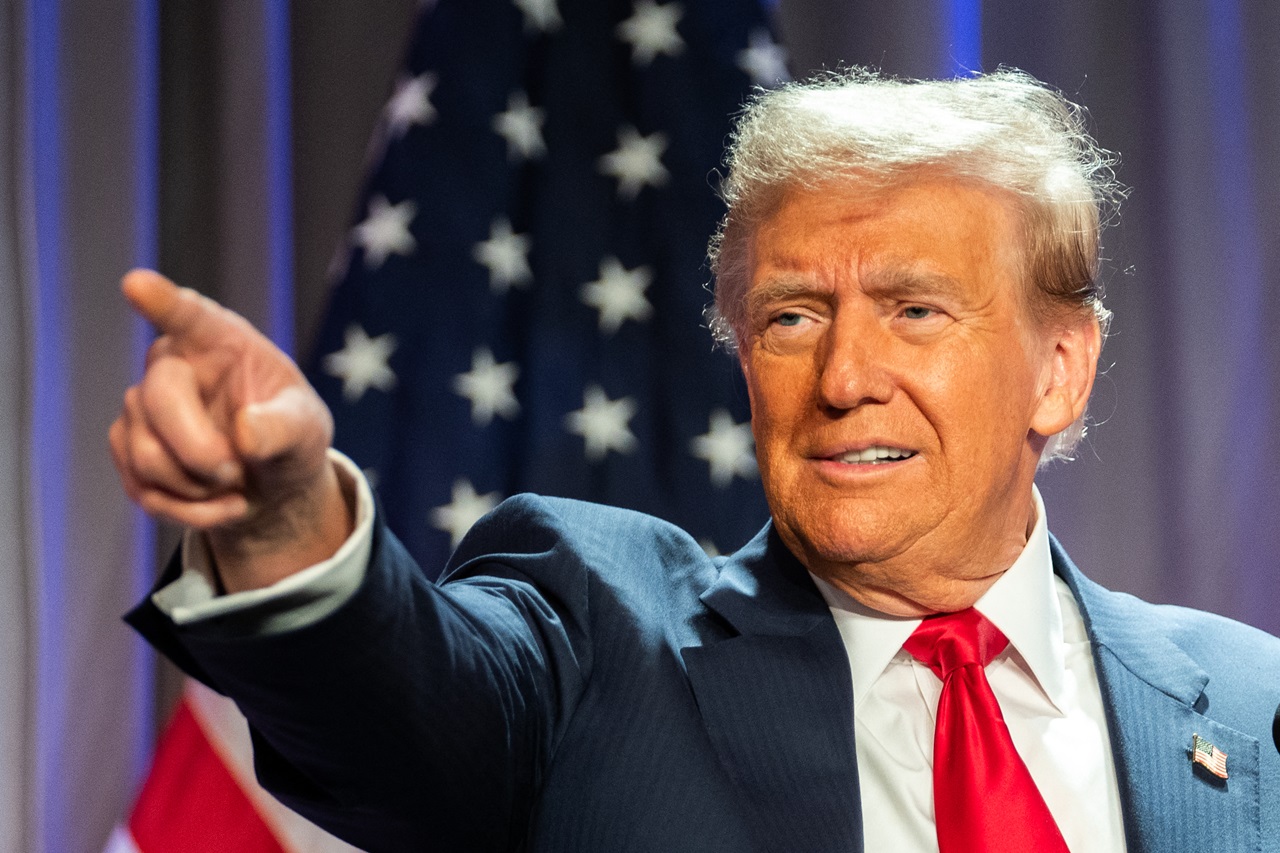
Trump's "hard" plan to fight the opioid epidemic
During a speech last Monday in New Hampshire, the president promised to "free" the United States from the serious epidemic of drug abuse.
"The only way to solve the drug problem is through toughness," the president said at a political rally last Monday in Manchester (New Hampshire), one of the communities most affected by the serious crisis of opioid abuse that has hit the country hard.
The president said, "we have to come up with a solution where we come up with a painkiller that’s not so addictive"; reduce national prescriptions to a third in the next three years, and "spend a lot of money on great commercials that show how bad it is (addiction)."
As reported by CNN, the government's program was made public by the White House last Sunday and comprises three parts: “Law enforcement and interdiction, prevention and education through a sizable advertising campaign, improving the ability to fund treatment through the federal government, and help those impacted by the epidemic find jobs while fighting addiction”, as Andrew Bremberg (director of the White House Domestic Policy Council) and White House counselor Kellyanne Conway said.
While this is the first time that the president talks in detail about the crisis since he was forced to declare it as a public health emergency in 2017, his promises remain vague and focused on authority rather than the measures recommended by international specialists to see a positive effect in the long run.
The President continued his speech attacking again the border with Mexico, speaking of the urgency of its border wall and the issue that stands in its construction: DACA. "They (the Democrats) don’t want to go with DACA because they don’t care. But they are trying to tie the wall to DACA, and DACA with the wall."
He also spoke about the sanctuary cities, and about ICE, but what he insisted on the most was the need for "the final penalty to be the death penalty".
According to the data published by Vox, this epidemic is currently the worst crisis of overdose in the history of the United States. "Nearly 64,000 people died of drug overdoses in the US in 2016, and at least two-thirds of those deaths were linked to opioids such as illicit fentanyl, heroin, and prescribed painkillers," explains the platform.
RELATED CONTENT
And according to data from the Centers for Disease Control and Prevention (CDC), the figures in 2017 were even worse.
Bearing in mind that not everything in the Trump Administration's project is negative - since the proposals for access to treatment and some educational prevention policies have proved effective according to the experts - its focus on the death penalty and the reinforcement of radical measures on the part of law enforcement are not exactly the most appropriate approach.
As Sarah Wakeman, medical director of the Substance Use Disorder Initiative at Massachusetts General Hospital, explained to Vox: "We have already tried the experiment of mandatory minimum and harsh sentencing practices for drug charges during prior epidemics and the end result was the surging prison population and worsened racial disparities in the criminal justice system, not improved public health outcomes."
According to an article published by the National Library of Medicine, the strategies recommended for this type of circumstances are usually: harm reduction mechanisms, the evasion of fear policies, educational and training programs, and the incorporation of people in recovery to daily life.
Again, much of these processes seem to be covered in the new government program, but the campaign for the death penalty could result in much worse collateral damage.
"How is it possible that the primary response to the problem of drug abuse in the U.S. continues to be criminalization given the extensive data over many years showing the health and economic benefits of prevention, treatment and harm reduction?”, asks the author, Douglas L. Polcin, of the Alcohol Research Group.
The answer seems to be the perpetuation of domestic policies since the implementation of the terminology "war and drugs" by President Nixon in the 70s, and which was inherited by subsequent administrations. For investigators, "mandatory minimum sentences for drug convictions initiated during the Reagan years resulted in a flood of inmates to jails and prisons," without solving the root problem.











LEAVE A COMMENT: